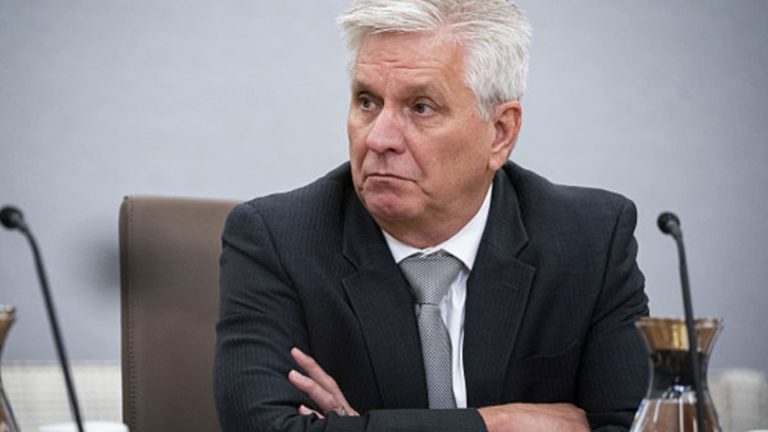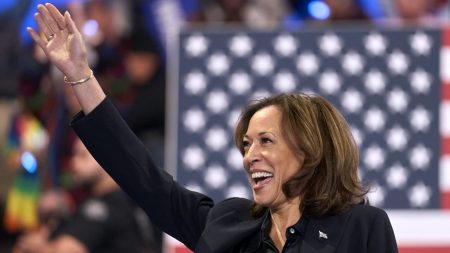Federal Reserve Governor Christopher Waller acknowledged Tuesday that interest rate cuts are likely this year, but said the central bank can take its time relaxing monetary policy.
The comments, delivered during a speech in Washington, D.C., seemed to counter market anticipation for aggressing easing this year.
“As long as inflation doesn’t rebound and stay elevated, I believe the [Federal Open Market Committee] will be able to lower the target range for the federal funds rate this year,” Waller said in prepared remarks for an audience at the Brookings Institution.
“When the time is right to begin lowering rates, I believe it can and should be lowered methodically and carefully,” he added. “In many previous cycles … the cut rates reactively and did so quickly and often by large amounts. This cycle, however, … I see no reason to move as quickly or cut as rapidly as in the past.”
Market pricing Tuesday morning indicated about a 71% chance the FOMC will begin cutting in March, according to the CME Group’s FedWatch measure. In fact, traders have further ramped up expectations for 2024 and added another cut this week, bringing the anticipated total to seven quarter-percentage point rate decreases by the end of the year.
Along with rate cuts, Waller said he anticipates the Fed this year can start slowing the pace of “quantitative tightening,” or the reduction of the central bank balance sheet by allowing proceeds from maturing bonds to roll off without reinvesting them. The Fed has been allowing up to $95 billion a month roll off and thus far has cut its holdings by about $1.2 trillion.
“I would say sometime this year will be a reasonable thing to start thinking about it,” he said. However, he noted that “tapering” would apply on to Treasurys and not mortgage-backed securities holdings, which he prefers to allow to decrease at the current pace.
Data ‘almost as good as it gets’
At their December meeting, Fed officials indicated three cuts were likely this year. The benchmark fed funds rate is currently in a targeted range between 5.25%-5.5%.
In making the pitch for rate cuts, Waller noted the progress made against inflation has not come at the cost of the labor market. As a governor, Waller is a permanent FOMC voter.
Stocks held in sharply negative territory after the release of Waller’s remarks, while Treasury yields moved higher.
While 12-month inflation is still running well above the Fed’s 2% goal, measures over shorter time frames such as six months are much closer to target. For instance, the core personal consumption expenditures price index, one of the Fed’s preferred measures, is showing annual inflation at 3.2%, the six-month measure is around 1.9%.
At the same time, unemployment has held below 4% and gross domestic product has grown at a rate defying Wall Street expectations for a recession.
“For a macroeconomist, this is almost as good as it gets. But will it last?” Waller said. “Time will tell whether inflation can be sustained on its recent path and allow us to conclude that we have achieved the FOMC’s price-stability goal. Time will tell if this can happen while the labor market still performs above expectations.”
While the Fed has wrestled with the quandary of not tightening and enough and allowing inflation to expand and tightening too much that it chokes off growth, Waller said those risks are becoming more balanced.
In fact, he said that as the level of job openings compared to the size of the labor force declines, the Fed is now running more of a risk of doing too much.
“So, from now on, the setting of policy needs to proceed with more caution to avoid over-tightening,” he said.
Waller said he thinks the Fed is “within striking distance” of achieving its 2% inflation goal, “but I will need more information” before declaring victory. One data point he said he will be especially focused on is upcoming revisions to the Labor Department’s consumer price index inflation measure.
Read the full article here









